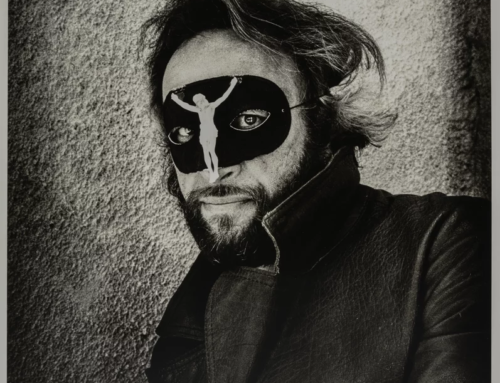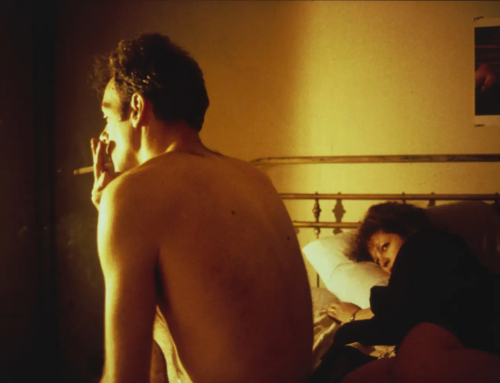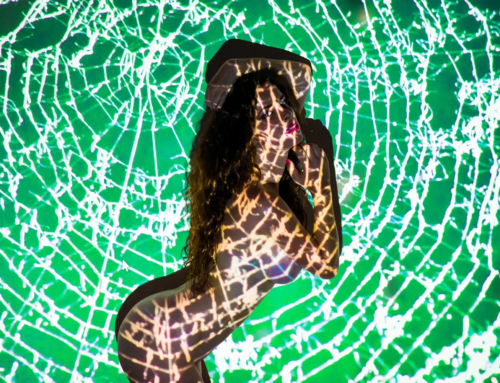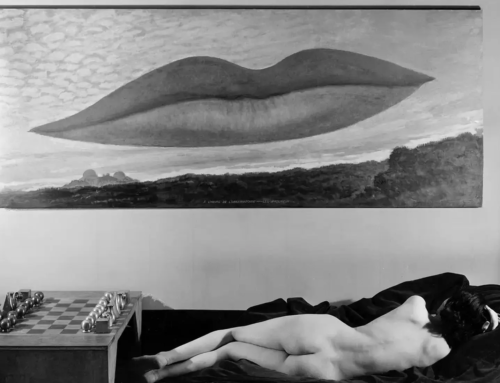A Definitive History of Nude Art Photography: 160 Pioneering Artists
Since the invention of photography, the human body has served as both a source of profound artistic inspiration and a flashpoint for cultural controversy. From early, clandestine studies intended for painters to the conceptually rich work of modern masters, photographers have relentlessly examined the human form, questioning societal norms, challenging censorship, and forging entirely new aesthetics. This comprehensive article explores the historical development of nude art photography through its key movements and highlights 160 of the most influential artists who defined and redefined the field.
The Painter’s Shadow: Early Pioneers and the Academic Nude (1840-1910)
The history of nude photography begins in the mid-19th century, not as an art form, but as a scientific tool. Early practitioners like Eugène Durieu (1800-1874) and Félix-Jacques Moulin (1802-1875) often collaborated with painters, who used the photographs as highly accurate references or studies (known as “études”). The camera, with its perceived objectivity, offered an anatomical truth that was invaluable. However, this same realism made the photographic nude scandalous in the Victorian era, where nudity was only acceptable when idealized in painting or sculpture.
The work of Bruno Braquehais (1823-1875) exemplifies this tension. In the photograph below, the model’s formal, classical pose and the strategic use of drapery are deliberate attempts to frame the image within the acceptable language of fine art, distancing it from the perceived vulgarity of a simple photograph. These early artists walked a tightrope, using the aesthetics of the past to legitimize a revolutionary new medium.

Bruno Braquehais
Towards the end of this period, photographers like Fred Holland Day (1864-1933) and the Pictorialist movement actively sought to elevate photography’s status by making their prints resemble drawings and etchings, further blurring the line between the camera and traditional art.
Breaking the Form: The Modernist Revolution (1920-1960)
The early 20th century saw a surge in avant-garde experimentation, and modernist nude photography was central to this revolution. Photographers began to see the body not just as a subject to be depicted, but as a formal element to be explored. Surrealists like Man Ray (1890-1976) used techniques like solarization to defamiliarize the human form, while others focused on its sculptural potential.
Edward Weston (1886-1958) and Imogen Cunningham (1883-1976) were key figures in this shift. Cunningham’s work, as seen in the image below, often isolates parts of the body, focusing on their abstract shapes, soft lighting, and sensual lines. This represents a crucial change: the goal was no longer to document a specific person, but to study the universal forms and textures of the body itself. Other masters of this era, such as Bill Brandt (1904-1983), used wide-angle lenses to distort the body into surreal, almost alien landscapes.

Imogen Cunningham
The Commercial Gaze: Fashion, Glamour, and Revolution (1950s-1970s)
As photography entered the mainstream through mass media, the worlds of fashion and fine art began to merge. The rise of magazines like *Vogue*, *Harper’s Bazaar*, and *Playboy* created a commercial appetite for provocative imagery. Photographers like Helmut Newton (1920-2004) and Richard Avedon (1923-2004) deliberately blurred the line between commercial and artistic work, creating a bold, confrontational style that was sometimes dubbed “porno chic.”
Their work captured the spirit of the sexual revolution and shifting social norms. Sam Haskins (1926-2009), in his influential book *Cowboy Kate & Other Stories*, pioneered a playful, graphically bold style. The image below, with its high-contrast aesthetic and dynamic composition, is characteristic of this era’s move towards a more stylized, narrative-driven, and commercially viable form of nude photography.

Sam Haskins
The Body Politic: The Contemporary Era and Identity (1970s-Present)
The late 20th and early 21st centuries have seen a vast diversification in nude art photography. Artists have used the medium to investigate complex issues of gender, race, body image, and identity, turning the nude into a site for political and social commentary. A pivotal moment was the major US controversy over Robert Mapplethorpe’s (1946-1989) work in the late 1980s, which led to a national debate about public funding for the arts and the nature of censorship.
Mapplethorpe’s photography, as seen in the piece below, is a perfect synthesis of classical, formal beauty and a direct, unflinching realism. This combination of exquisite composition with often controversial subject matter is what made his work so powerful and polarizing. Other key figures like Nan Goldin (1953-) adopted a raw, diaristic approach, while Sally Mann (1951-) explored themes of family, life, and death through intimate, often controversial, portraits.

Robert Mapplethorpe
The Digital Revolution and Global Perspectives
The rise of digital photography and the internet democratized the medium, allowing new voices and perspectives to emerge globally. Artists could now bypass the traditional gallery system and reach audiences directly. The hyper-saturated, surreal, and high-production-value aesthetic of photographers like David LaChapelle (1963-) is inseparable from the possibilities offered by digital manipulation. His work, like the image below, often blends religious iconography with pop culture and consumerism, creating complex, layered narratives.

David LaChapelle
Simultaneously, this era saw a greater recognition of non-Western artists. Photographers like Nobuyoshi Araki (1940-) from Japan introduced unique cultural aesthetics. His raw, snapshot-like “I-Photography” (Shishashin) style, seen in the provocative image below, brought a different kind of intimacy and urgency to the genre, exploring themes of life, death, and desire in contemporary Tokyo.

Nobuyoshi Araki
The Unwavering Lens: A Spotlight on Women in Nude Photography
It is vital to highlight the contributions of women photographers, who have often faced additional barriers in a male-dominated field. Historically, they have been instrumental in challenging the “male gaze”—the act of depicting women from a masculine, often objectifying, perspective. By turning the camera on the body from their own viewpoint, they offered powerful alternatives focused on subjectivity, vulnerability, and complex identity rather than passive beauty.
Pioneers like Imogen Cunningham and Ruth Bernhard (1905-2006) paved the way. Later, artists like Diane Arbus (1923-1971) and Francesca Woodman (1958-1981) explored psychological and existential themes. In the contemporary era, artists like Cindy Sherman (1954-) and Sally Mann (1951-) have used the nude to deconstruct female identity and explore the deepest facets of the human condition, solidifying the female perspective as a central, driving force in the genre’s evolution.
The Future of Nude Art Photography
As we look to the future, nude art photography continues to transform. Emerging artists are using new tools like generative AI and virtual reality to push the medium’s boundaries. They are creating hyper-realistic or surreal bodies that question the nature of photographic truth itself, while also addressing contemporary issues like body positivity, gender fluidity, and our increasingly digital identity. The futuristic, almost cybernetic aesthetic in the image below hints at these new directions, where the body merges with technology to create a new, “post-human” form.
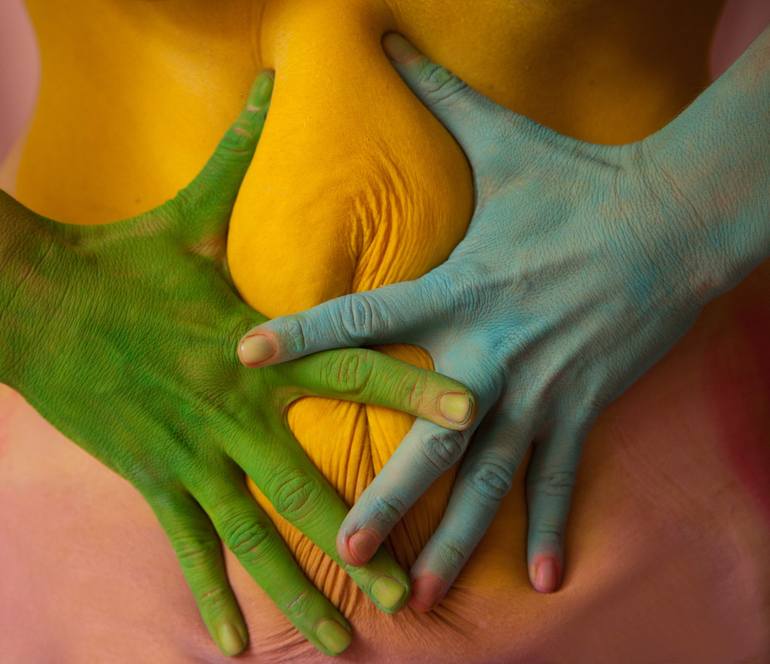
Conclusion
From its beginnings as a tool for painters to its current status as a diverse and dynamic art form, nude photography has traveled a great distance. The famous nude photographers mentioned in this article and the comprehensive list below represent just a fraction of the talented individuals who have contributed to the genre. Each has played a part in shaping our understanding of the human form and questioning societal norms around nudity and sexuality. As you explore their work, remember that nude art is about more than just aesthetics. It is a powerful medium for exploring identity, challenging taboos, and celebrating the diversity of the human body.
Our List of 160 Pioneering Nude Art Photographers
- Eugène Durieu (1800-1874)
- Félix-Jacques Moulin (1802-1875)
- Bruno Braquehais (1823-1875)
- Gaudenzio Marconi (1841-1885)
- Wilhelm von Gloeden (1856-1931)
- Fred Holland Day (1864-1933)
- Karl Blossfeldt (1865-1932)
- Vincenzo Galdi (1871-1961)
- Selma Genthe (1873-1950)
- Ernest J. Bellocq (1873-1949)
- Jean Agélou (1878-1921)
- Gerhard Riebicke (1878-1957)
- Magnus Weidemann (1880-1967)
- Friedrich Seidenstücker (1882-1966)
- Imogen Cunningham (1883-1976)
- Lotte Herrlich (1883-1956)
- Hermann Schieberth (1883-1948)
- Rudolf Koppitz (1884-1936)
- Edward Weston (1886-1958)
- Albert Arthur Allen (1886-1962)
- Man Ray (1890-1976)
- Florence Henri (1893-1982)
- Josef Breitenbach (1896-1984)
- Brassaï (1899-1984)
- Yva (1900-1942)
- Wynn Bullock (1902-1975)
- Herbert List (1903-1975)
- Bill Brandt (1904-1983)
- Ruth Bernhard (1905-2006)
- Horst P. Horst (1906-1999)
- Philippe Halsman (1906-1979)
- George Platt Lynes (1907-1955)
- Andre de Dienes (1913-1985)
- Konrad Helbig (1917-1986)
- Helmut Newton (1920-2004)
- Francesco Scavullo (1921-2004)
- Milton Greene (1922-1985)
- Diane Arbus (1923-1971)
- Richard Avedon (1923-2004)
- Herbert Tobias (1924-1982)
- Sam Haskins (1926-2009)
- Günter Rössler (1926-2012)
- Garry Winogrand (1928-1984)
- Guy Bourdin (1928-1991)
- Charlotte March (1929-2005)
- George Dureau (1930-2014)
- Bunny Yeager (1930-2014)
- Bob Guccione (1930-2010)
- Eikoh Hosoe (1933-)
- David Hamilton (1933-2016)
- Jeanloup Sieff (1933-2000)
- Douglas Kirkland (1934-2022)
- Lee Friedlander (1934-)
- Günter Gueffroy (1934-)
- Peter Hujar (1934-1987)
- Jan Saudek (1935-)
- Amos Badertscher (1936-)
- David Bailey (1938-)
- Joel-Peter Witkin (1939-)
- Ralph Gibson (1939-)
- Klaus Ender (1939-)
- Nobuyoshi Araki (1940-)
- Kishin Shinoyama (1940-)
- Ewald Hoinkis (1940-)
- Sarah Moon (1941-)
- Oliviero Toscani (1942-)
- Serge Lutens (1942-)
- Albert Watson (1942-)
- Peter Berlin (1942-)
- Dianora Niccolini (1942-)
- Larry Clark (1943-)
- Guy Le Baube (1944-)
- Sebastião Salgado (1944-)
- Robert Farber (1944-)
- Tamara Amhoff-Windeler (1945-2013)
- Eric Kroll (1946-)
- John Swannell (1946-)
- Bruce Weber (1946-)
- Robert Mapplethorpe (1946-1989)
- Suze Randall (1946-)
- Paolo Roversi (1947-)
- Dominique Isserman (1947-)
- James Nachtwey (1948-)
- Laurie Simmons (1949-)
- Lois Greenfield (1949-)
- Sally Mann (1951-)
- Alain Daussin (1951-)
- Herb Ritts (1952-2002)
- Nan Goldin (1953-)
- John Sexton (1953-)
- Michael Kenna (1953-)
- Klaus Mitteldorf (1953-)
- Cindy Sherman (1954-)
- Steven Meisel (1954-)
- Annie Sprinkle (1954-)
- Michael Thompson (1954-)
- David Armstrong (1954-2014)
- Richard Kern (1954-)
- Matthew Rolston (1955-)
- Andreas Gursky (1955-)
- Anton Corbijn (1955-)
- Sante D’Orazio (1956-)
- Gilles Berquet (1956-)
- Prabuddha Dasgupta (1956-2012)
- Marc Lagrange (1957-2015)
- Peter Klashorst (1957-)
- Ingo Taubhorn (1957-)
- Thomas Karsten (1958-)
- Francesca Woodman (1958-1981)
- Rineke Dijkstra (1959-)
- Dahmane (1959-)
- Tono Stano (1960-)
- Helene Schmitz (1960-)
- Gabriele Viertel (1960-)
- Peter Coulson (1961-)
- Vinoodh Matadin (1961-)
- Nadav Kander (1961-)
- Henning von Berg (1961-)
- Vince Lussa (1961-)
- Michael Sonntag (1961-)
- Corinne Day (1962-2010)
- Gregory Crewdson (1962-)
- Bettina Rance (1962-)
- David LaChapelle (1963-)
- Inez van Lamsweerde (1963-)
- Marc Collins (1963-)
- Olaf Martens (1963-)
- Tom Munro (1964-)
- Juergen Teller (1964-)
- Dani Fehr (1964-)
- Andreas H. Bitesnich (1964-)
- Terry Richardson (1965-)
- Karl Vanselow (1965-)
- Jean-Baptiste Huynh (1966-)
- David Sims (1966-)
- Rankin (1966-)
- Sylvie Blum (1967-)
- Spencer Tunick (1967-)
- Jens Brüggemann (1967-)
- Jiří Růžek (1967-)
- Platon (1968-)
- Glen Luchford (1968-)
- Manfred Baumann (1968-)
- Dov Charney (1969-)
- Petter Hegre (1969-)
- Henrik Pfeifer (1972-)
- Ron Kuhwede (1972-)
- Bjarne Jonasson (1973-)
- Astrid Susanna Schulz (1974-)
- Yu Tsai (1975-)
- Martin Rehm (1975-)
- Aneta Bartos (1977-)
- Juha Arvid Helminen (1977-)
- Oliver Rath (1978-2016)
- Niels van Roij (1979-)
- Adrian Hamilton (1980-)
- Kingdome 19 (1980-)
- Burak Bulut Yıldırım (1982-)
The Artist’s Perspective: As you explore this compelling history, you might also want to discover contemporary works in the field. Award-winning nude art photographer Burak Bulut Yıldırım‘s limited edition works are available for collectors on respected art platforms such as Saatchi Art and Artsper. To see more of his conceptual projects that engage with this rich history, you can visit his portfolio at burakbulut.org.


